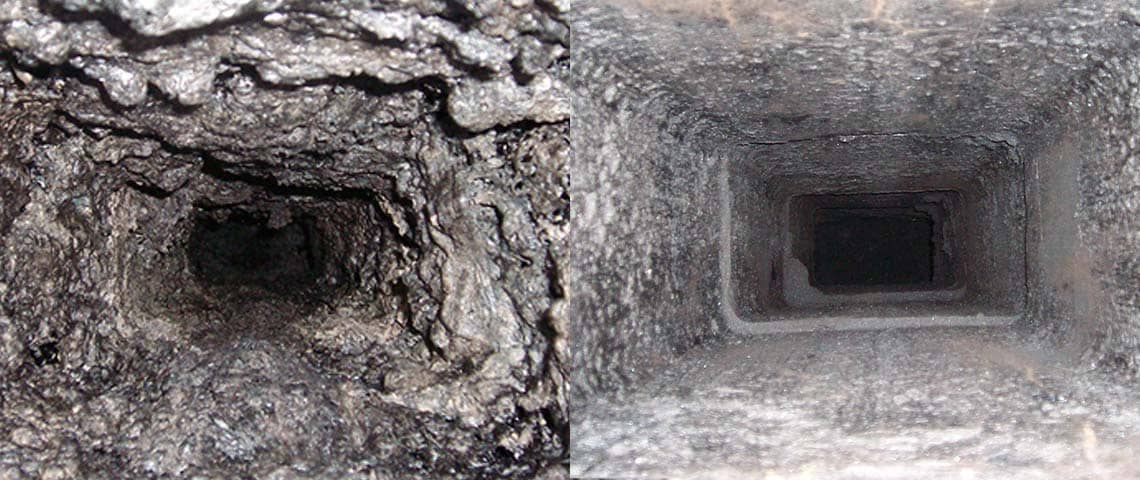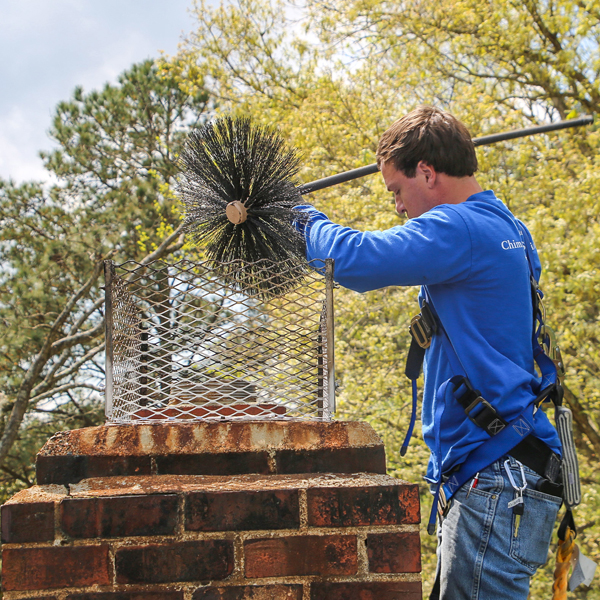The Comprehensive Guide to Chimney Maintenance San Jose: Trick Steps for Home Security
The Comprehensive Guide to Chimney Maintenance San Jose: Trick Steps for Home Security
Blog Article
Specialist Tips for Effective Chimney Maintenance You Required to Know
Smokeshafts offer as important parts in many homes, supplying heat and comfort. Guaranteeing their appropriate upkeep is usually overlooked until issues occur. Comprehending the ins and outs of smokeshaft care can be the secret to stop expensive repairs and securing your home and family members. From the value of regular evaluations to risk-free operational methods, an extensive technique to chimney maintenance is important. Allow's check out expert tips that can aid you maintain your chimney in optimum condition for many years to come.
Importance of Regular Examinations
Routine evaluations of smokeshafts are essential for guaranteeing their safety and security and capability. Smokeshafts play an important role in airing vent out unsafe gases and keeping correct air movement in a home. In time, creosote buildup, particles, and structural damages can happen within the smokeshaft, positioning significant threats such as chimney fires or carbon monoxide leaks.
Throughout a chimney evaluation, trained professionals analyze the condition of the smokeshaft, searching for any kind of signs of damages, clogs, or degeneration. They additionally check the stability of the flue, smokeshaft liner, and chimney cap to make certain whatever remains in correct working order. By identifying and attending to concerns early on, prospective threats or costly repair work can be prevented.
Normal inspections not only assist in preserving the safety and security of the smokeshaft but also contribute to its general performance. A well-kept and clean smokeshaft operates better, making sure correct air flow and lowering the risk of indoor air pollution. Scheduling annual smokeshaft evaluations is a proactive procedure that homeowners can take to protect their home and liked ones.
Cleaning Techniques and Regularity
Preserving the security and efficiency of a smokeshaft entails not just regular inspections but additionally applying proper cleaning techniques and establishing the ideal frequency for cleansing. Chimneys should be cleansed by an expert chimney move at the very least when a year, also if they are not often utilized. If the smokeshaft is used on a regular basis, particularly with wood-burning cooktops or fireplaces, it might require even more regular cleansings to stop the buildup of creosote, a very flammable material that can lead to chimney fires.
Homeowners ought to never overlook chimney cleaning, as it is vital for keeping a useful and secure smokeshaft system. Normal cleansings not just lower the threat of smokeshaft fires yet additionally enhance the chimney's general performance and longevity.
Dealing With Chimney Leaks

When resolving chimney leakages, comprehensive inspection and timely repairs are critical to avoid water damage and keep the structural integrity of the smokeshaft. Leaks in a smokeshaft can lead to major concerns such as mold development, wear and tear of the smokeshaft structure, and also possible fire risks. To properly deal with smokeshaft leakages, start by checking the chimney cap, crown, flashing, and stonework for any indications of damages or wear. Chimney caps must be securely in location to avoid water from going into, while the crown and blinking should be undamaged and effectively sealed. Any kind of cracks or voids in the masonry must be repaired immediately to stop water infiltration. Additionally, take into consideration waterproofing the smokeshaft to provide an extra layer of defense against wetness. Normal maintenance and assessments can aid attend to and detect chimney leaks early, saving you from expensive repair services and making certain the safety and security and longevity of your chimney.
Comprehending Creosote Accumulation
To comprehend the prospective hazards of creosote accumulation in smokeshafts, it is necessary to acknowledge its formation procedure and effect on smokeshaft performance. Creosote is a brown or black tar-like material that collects inside chimney systems when timber or nonrenewable view it now fuel sources are melted. As smoke rises through the smokeshaft, it condenses and cools, leading to the development of creosote, which follows the chimney wall surfaces.

Regular chimney examinations and cleansings by a specialist chimney sweeper are essential in stopping creosote accumulation and making certain the safe operation of your smokeshaft system.
Safe Operation Practices
Implementing proper safety protocols is vital for the efficient and safe operation of chimney systems. When using a fire place or wood-burning stove, it is essential to follow particular safety techniques to protect against possible dangers. Constantly guarantee that the smokeshaft is skillfully examined and cleansed consistently to get rid of any creosote build-up, which can lead to chimney fires. In addition, use a tough screen or glass door before the fireplace to avoid ashes or sparks from getting away and causing a fire in your home. It is additionally essential to never ever overload the fireplace with extreme quantities of wood, as this can bring about overheating and potential architectural damages.
Additionally, make certain to only melt experienced timber in your read fire place, as eco-friendly or wet wood can produce even more creosote and create hazardous chimney blockages. Finally, never leave a fire unattended and constantly ensure the fire is entirely extinguished prior to going to sleep or leaving the residence. By complying with these risk-free operation methods, you can take pleasure in a relaxing and cozy fire while guaranteeing the safety and security of your home and enjoyed ones.
Final Thought
Finally, maintaining your smokeshaft is crucial for guaranteeing its security and effectiveness. Regular inspections, correct cleansing methods, dealing with leakages, handling creosote build-up, and following secure operation practices are vital facets of chimney maintenance. By remaining on top of these tasks, you can prevent possible hazards and prolong the lifespan of your chimney. It is very important to focus on smokeshaft upkeep to keep your home safe and cozy throughout the colder months.
Over time, creosote build-up, debris, and architectural damages can occur within the smokeshaft, posing severe risks such as chimney fires or carbon monoxide leakages.
If the smokeshaft is used regularly, particularly with wood-burning cooktops or fireplaces, it may call for even more frequent cleanings to protect against the buildup of creosote, an extremely combustible substance that can lead to chimney fires. (Chimney Maintenance San Jose)
To comprehend the possible threats of creosote accumulation in smokeshafts, it is necessary to identify its formation process and effect on smokeshaft efficiency. As smoke climbs via the chimney, it cools and condenses, leading to the development of creosote, which sticks to the smokeshaft wall surfaces.
Always guarantee that the chimney is skillfully evaluated and cleansed routinely to eliminate any type of visit creosote accumulation, which can lead to smokeshaft fires.
Report this page